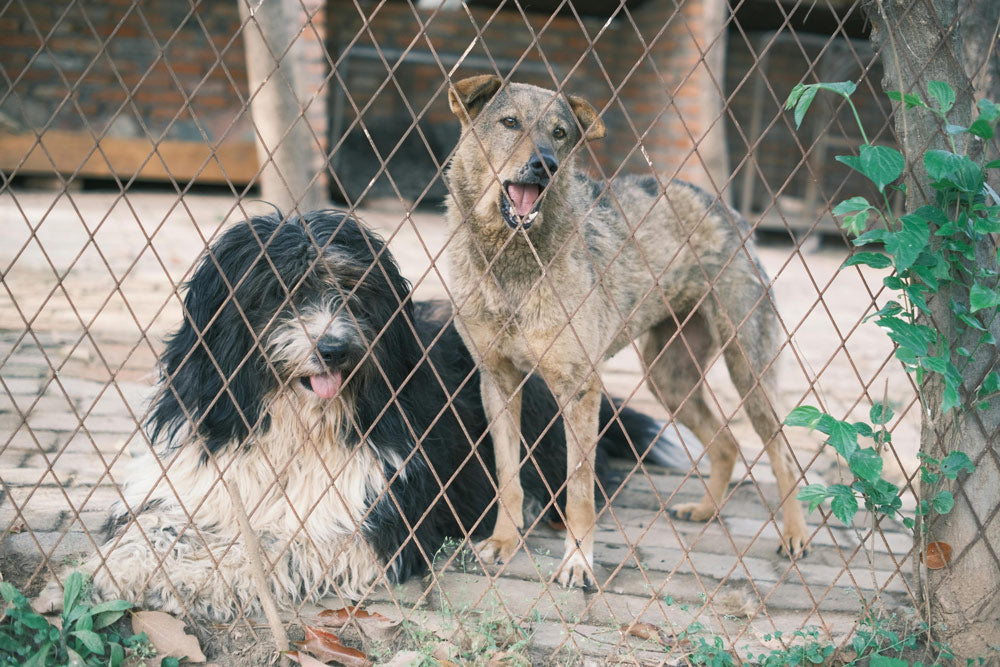Public outrage is growing in Germany after Nuremberg Zoo admitted to killing 12 healthy Guinea baboons due to overcrowding, then feeding six of their carcasses to predators, including lions and tigers. The decision, carried out in full compliance with zoo policy, has ignited protests, legal complaints, and accusations of animal cruelty.
The cull took place after the baboon population swelled to 43, nearly double the enclosure’s intended capacity of 25. Zoo officials said overcrowding led to escalating conflicts among the primates, with injuries becoming more frequent.
Attempts to rehome the animals failed, and contraceptive measures did not control the numbers, according to the zoo’s director, Dag Encke, who described the action to BBC News as a “legitimate last resort” after “yearslong consideration.”

Nuremberg Zoo killed 12 healthy Guinea baboons due to overcrowding.
Carcasses Prepared and Fed to Predators
Deputy director Jörg Beckmann confirmed the baboons were shot after sedation. Heads were removed for research, while hands and feet were taken off “out of respect for visitors.”
Six were given whole to carnivores, including maned wolves and yellow-throated martens, while four skeletons will be prepared for museum use, DW reports. Two animals died under anaesthesia and were sent for pathology.
Beckmann defended the practice, noting that feeding whole carcasses, complete with fur and bones, benefits dental health and encourages natural predatory behavior.
“Evolution has equipped them with claws and teeth precisely for this purpose,” he told DPA International.
Protests and Legal Challenges
The move has drawn fierce criticism from animal rights groups. Activists from Animal Rebellion set up a week-long protest camp outside the zoo, demanding a halt to primate killings and an end to breeding programs. Other groups, including Pro Wildlife, have filed criminal complaints, arguing the killings violate Germany’s Animal Welfare Act, which permits euthanasia only with reasonable cause.
Christoph Maisack of the German Legal Association for Animal Protection Law told Global News that allowing uncontrolled breeding “cannot constitute such a reason.”
More than 300 public complaints have been lodged, and prosecutors in Nuremberg-Fürth confirmed they are reviewing the case. Protests in July saw about 250 people march through the city, with some chaining themselves to the baboon enclosure and gluing themselves to the ground in defiance of the cull, The Times reports.

Two baboons at the zoo died under anesthesia and were sent for pathology.
Impact on Public Trust
.While other European zoos have defended culling as a management tool, the public reaction to killing primates has been particularly severe. Primates’ close genetic and behavioral similarity to humans has amplified emotional responses and intensified calls for policy changes.
.The controversy also raises broader questions about how zoos balance animal welfare, enclosure limitations, and conservation roles. For many in Nuremberg, the image of headless baboons being fed to lions in view of visitors has damaged trust in an institution meant to protect wildlife.















